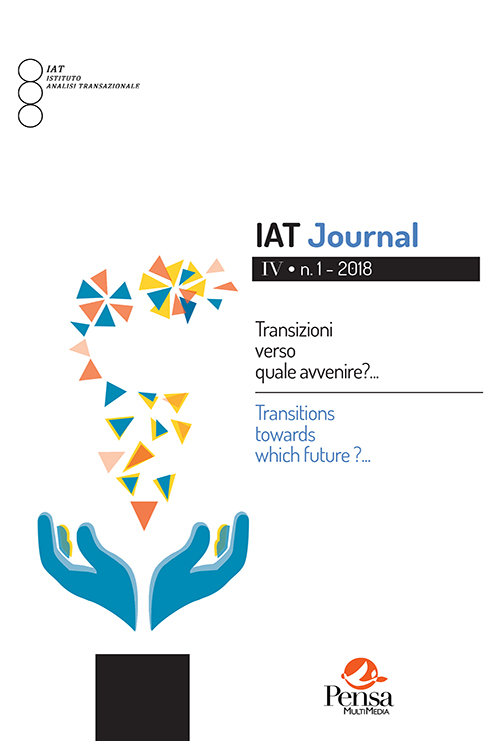Sicily in the therapy room
DOI:
https://doi.org/10.7347/IAT-IV-01-18_05Keywords:
Group identity Pluralism, group, relationshipAbstract
In this article the author, who is of Sicilian origin and who works and teaches in Sicily, starts from the well‐established idea that the cultural factors of the places people belong to, together with their family and personal development, are inner parts of the history of the people we meet in the therapy room as well as of the history of the therapist. Starting from this , the au‐thor identifies and describes two aspects, typical of the Sicilian culture, which he encountered in his clinical practice. The first aspect concerns a rule present in the phylogenetic imago of Sicilians, which is connected to the relationship they have with Authority, more specifically with an Authority representing the community or providing somewhat a social advantage. In fact, as pointed out by Bufalino (Bufalino G., 2008), even though Sicily is an island, it must be conjugated in the plural. There are many Sicilies and many cultural groups that don’t rec‐ognize themselves in the just one overall Sicilian social body. This plurality is held together by individual interests and through duties between individuals, without outside of the existence of any social or public interest. This plural dimension has been maintained through a code that in other social realities may have the connotation of privacy or confidentiality, while in the Sicilian reality it is the code of silence (omertà). The author identifies the way in which this code is displayed in the therapy room and is influential in the therapeutic relationship. The other aspect concerns the relationship that Sicilians have with the Sicilian landscape and in particular with the Etna volcano. This relationship, for Sicilians and especially for the inhab‐itants of Eastern Sicily, involves a sensory participation, it is loaded of affect, symbols and mythological meanings and it is an element of identity emerging in the therapy room through dreams.


